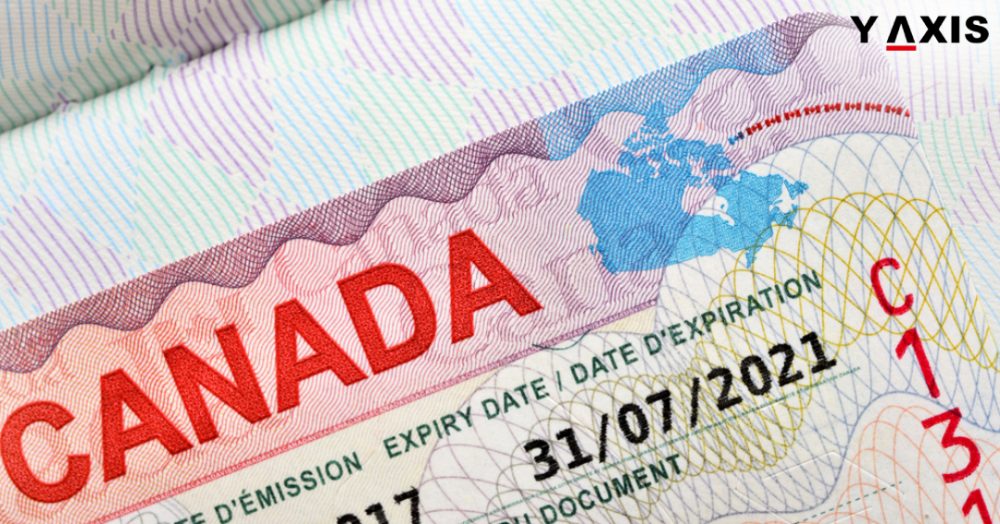Posted on July 02 2019
Canadian immigration terms that you must know
By , Editor
Updated January 03 2024

Immigration terms can be puzzling and hence here we present ten commonly used Canadian immigration terms that you must know:
1. CRS - Comprehensive Ranking System:
The Comprehensive Ranking System is a points-based system used to rank immigration candidates against each other. This is after they have submitted an application through the Express Entry program. Only the candidates with the highest scores are chosen for Canada PR Visa.
2. ITA - Invitation to Apply:
Invitation to Apply is a document offered by the Immigration, Refugees and Citizenship Canada to Express Entry candidates. It is an invitation for them to Apply for Canada PR Visa.
3. FSW - Federal Skilled Worker:
The Federal Skilled Worker is 1 of the 3 economic immigration programs that function through Express Entry. FSW is aimed at those who have a Technical, Managerial or Professional occupation. This is with work experience in their home nation.
4. CEC - Canadian Experience Class:
The Canadian Experience Class is a program in the Express Entry. It is aimed at those who have Canadian work experience in a Managerial or Professional occupation.
5. PNP - Provincial Nominee Program
Provincial Nominee Program is a program for provinces in Canada except Quebec. This permits them to nominate overseas nationals for PR Visa corresponding to the job or economic needs in the province.
6. NOC - National Occupational Classification:
The National Occupational Classification is a system that allocates a 4 digit NOC code to each occupation in the Labour market of Canada. This is based on the skill level and type, as quoted by the CIC News.
7. LMIA - Labour Market Impact Assessment:
A Labour Market Impact Assessment is a certificate needed by the employer in Canada prior to hiring overseas nationals. A positive LMIA affirms that no Canadians are available for the job. Thus, the employer requires an overseas worker.
8. Open Work Permit:
An Open Work Permit is a Work Visa that permits overseas nationals to work in any part of Canada.
9. Single-Entry Visa:
A Single-Entry Visa permits an overseas national to arrive in Canada only one time. The holder will have to apply for another Visa if they exit Canada and want to come back.
10. ETA - Electronic Travel Authorization:
An Electronic Travel Authorization is a requirement for entry for overseas nationals who are exempt from Canada Visa who is arriving for a visit of fewer than 6 months duration.
Y-Axis offers a wide range of Visa and Immigration products as well as services for aspiring overseas students including Study Visa for Canada, Work Visa for Canada, Canada Migrant Ready Professional Services for Express Entry Full Service, Canada Migrant Ready Professional Services for Express Entry PR Application, Canada Migrant Ready Professional Services for Provinces, and Education Credential Assessment. We work with Regulated Immigration Consultants in Canada.
If you are looking to Study, Work in Canada, Visit, Invest or Migrate to Canada, talk to Y-Axis, the World’s No.1 Immigration & Visa Company.
If you found this blog engaging, you may also like…
Tags:
Canadian immigration
Share
Options for you by Y-Axis
Get it on your mobile
Get News alerts
Contact Y-Axis

